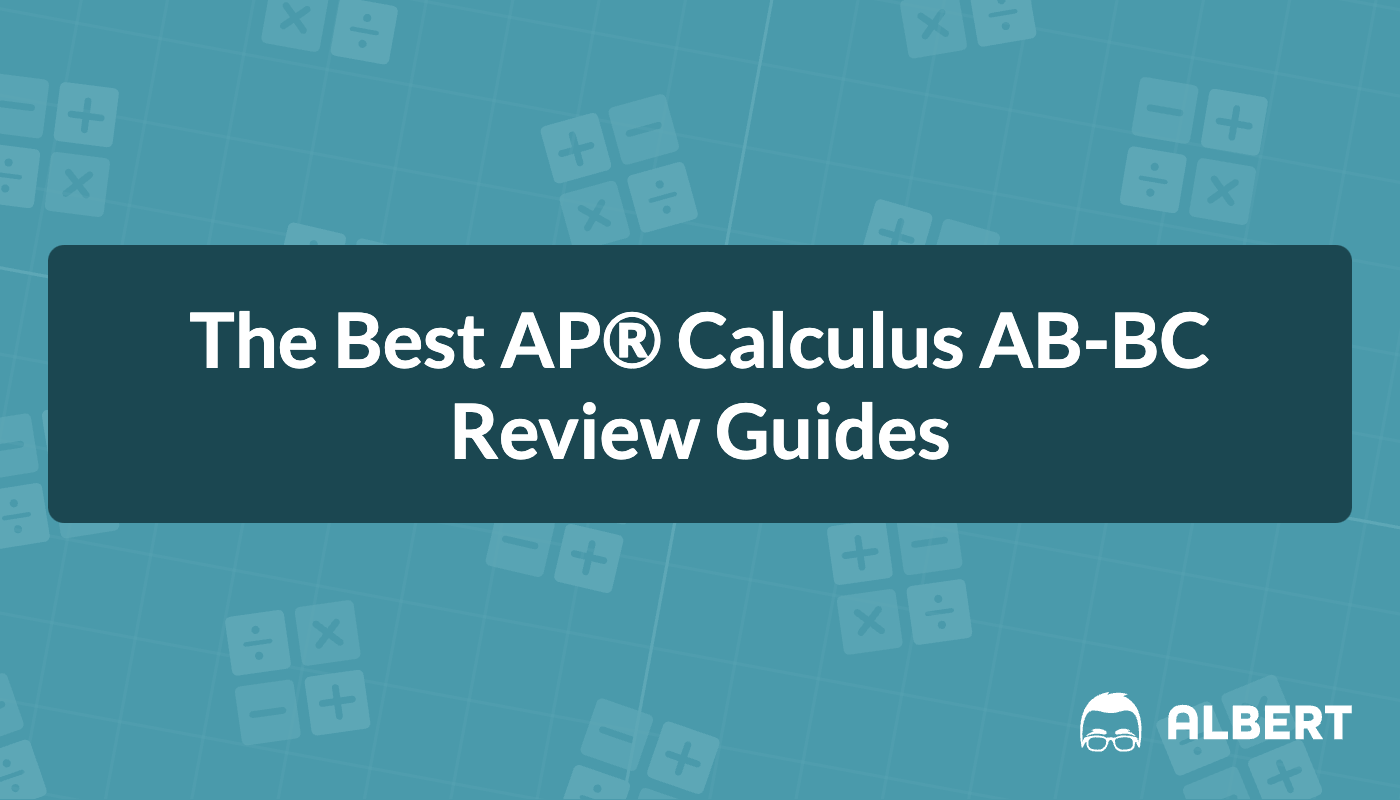
AP® Calculus AB-BC
The Best AP® Calculus AB-BC Review: Topic Summaries, Examples, and Free Practice
Welcome to Albert’s collection of science topic reviews for teaching and reviewing AP® Calculus AB-BC. Teachers and students can explore our easy-to-follow guides below for use at home or in the classroom.
- Overview and Scoring
- Study and Test Prep
- Unit 1: Limits and Continuity
- Unit 2: Differentiation: Definition and Fundamental Properties
- Unit 3: Differentiation: Composite, Implicit, and Inverse Functions
- Unit 4: Contextual Applications of Differentiation
- Unit 5: Analytical Applications of Differentiation
- Unit 6: Integration and Accumulation of Change
- Unit 7: Differential Equations
- Unit 8: Applications of Integration
- Unit 9: Parametric Equations, Polar Coordinates, and Vector- Valued Functions (BC)
- Unit 10: Infinite Sequences and Series (BC)
Overview and Scoring
What is on the AP® Calculus exam? How is it scored?
Explore the structure and topics of the AP® Calculus AB and BC exams. Understand scoring criteria, key concepts, and strategies to maximize your score.
Study and Test Prep
How can I ace the AP® Calculus AB or BC exam? What are the must-know strategies and study tips?
These articles offer key advice for mastering the AP® Calculus AB and BC exams. Learn effective study techniques, review strategies, and exam tips to strengthen your understanding and boost your score.
Unit 1: Limits and Continuity
How to solve limits to infinity? How to do average rate of change? How to tell if a function is continuos
Build a rock‑solid limits foundation for the AP® Calculus AB/BC exam in one place. These bite‑size reviews cover every limits and continuity skill—average rate of change, formal limit laws, rational and infinite limits, discontinuities, asymptotes, and the IVT—paired with fast practice to sharpen speed and accuracy.
Unit 2: Differentiation: Definition and Fundamental Properties
How to find the instantaneous rate of change? What is the quotient rule? When does a derivative not exist?
Master derivatives fast: start with the difference quotient, notation, and slope estimates, learn when derivatives fail, then apply the power, product, quotient, and trig rules to any polynomial or trig function. These bite‑size AP® Calculus AB/BC guides pair clear rules with quick practice so you can differentiate accurately under test pressure.
Unit 3: Differentiation: Composite, Implicit, and Inverse Functions
When to use the chain rule? What is implicit differentiation? How to find the derivative of an inverse function?
Expand your AP® Calculus derivative arsenal with concise guides on the Chain Rule, implicit differentiation, and derivatives of inverse and inverse trig functions—plus higher‑order derivatives. Bite‑size explanations and targeted practice problems ensure you can apply every rule quickly and accurately on exam day.
Unit 4: Contextual Applications of Differentiation
How to find instantaneous velocity? When is a particle at rest? What is an indeterminate form?
Turn derivative skills into real‑world power: learn to interpret rate of change, analyze particle motion, and solve classic related‑rates scenarios like expanding cones. Wrap up with linearization for quick approximations and L’Hospital’s Rule for indeterminate forms, giving you the applied‑calculus edge for AP® Calculus AB/BC.
Unit 5: Analytical Applications of Differentiation
What is the mean value theorem? How to find relative extrema? How to find concavity?
Tackle AP® Calculus AB/BC graph analysis and optimization in one hub: use the Mean and Extreme Value Theorems plus first‑ and second‑derivative tests to pinpoint intervals, extrema, and concavity. Finish by sketching graphs, probing implicit relations, and solving classic optimization problems with confidence.
Unit 6: Integration and Accumulation of Change
How to do Riemann sums? What is the fundamental theorem of calculus? How to do u substitution?
Start with Riemann‑sum approximations and the Fundamental Theorem of Calculus to see how accumulation really works, then dive into definite‑integral properties and accumulation functions. Quick guides to u‑substitution, completing the square, integration by parts, partial fractions, and improper integrals give you every technique needed to ace AP® Calculus AB/BC integration problems.
Unit 7: Differential Equations
How to solve differential equations? How to sketch a slope field? What is Euler's method?
Master AP® Calculus AB/BC differential equations in one stop: see how slope fields, Euler’s Method, and separation of variables unlock exact and approximate solutions, from exponential to logistic growth models. Quick guides on verifying solutions, finding particulars, and interpreting slope‑field behavior give you the tools to tackle every DE question the exam throws your way.
Unit 8: Applications of Integration
How to find average value of a function? How to find area between two curves? When to disk vs washer method?
Conquer geometric applications of integrals for AP® Calculus AB/BC: learn to find average value, net change, and displacement, then master area between curves and shaded regions. Step‑by‑step guides to cross‑sections, disc‑and‑washer volumes, and arc length equip you to solve any solid‑of‑revolution or area problem the exam throws your way.
Unit 9: Parametric Equations, Polar Coordinates, and Vector- Valued Functions (BC)
How to find second derivative of parametric equations? How to find arc length? What is a vector valued function?
Sharpen skills with parametric, vector‑valued, and polar functions as you compute first and second derivatives, arc length, and areas between polar curves. From integrating vectors to spotting when a particle rests, these concise guides equip you for every advanced curve question on test day.
Unit 10: Infinite Sequences and Series (BC)
How to find the sum of an infinite series? What is the alternating series test? What is the taylor polynomial?
Lock in series mastery: learn every convergence test—geometric, p‑series, comparison, ratio, integral, alternating, and more—while distinguishing absolute vs conditional cases and bounding errors. Then harness power, Taylor, and Maclaurin series to represent functions and nail interval of convergence questions on exam day.
Interested in a school license?
➜ SAT® & ACT®
➜ AP®
➜ ELA, Math, Science, & Social Studies
➜ State assessments
Options for teachers, schools, and districts.

